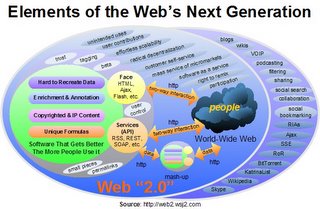5 Steps for Consumer Engagement
1. Acquisition
Determining which marketing channels (marketing mix) will provide the lowest cost and the highest percentage of conversion will be a critical first step. This is also called your reach programs and will evolve through an ongoing series to executions, tests and optimizations to find your optimal targets and learn how best to effectively attract them. Don't assume that because you built it, they will come.
2. Activation
Just because user's have landed on your site does not mean they are convinced or even understand what you are offering. Getting users to try your service will be a learning process. Try landing pages with A/B testing and iterate continuously. Certain segments will respond to certain messaging and user experiences. Determine your most meaningful user segments and targeting rules will strengthen your competitive position.
3. Retention
Your company should have an engaging and exciting pulse. Consider the natural rhythms of this.. event based, daily, weekly or monthly. Every touch point with you brand demonstrates your company's personality and soul. Apple gets this, you should too! Try to find the right touch frequency and consider having something to say of value that is relevant or personalized in your emails, newsletters and alerts. Have the right message at the right point in time to the right customers. Remember that you are in a two-way conversation with your customers and should facilitate experiences that allow free flowing communications.
4. Referral
This is your most cost effect marketing tool - Your customers. Once they are "enjoying your service", make sure they have tools to promote it. Make it super easy to share and in a variety of ways. Viral and referrals is increasingly becoming an important channel for marketers as peer and social influence is more trusted then traditional corporate marketing.
5. Monetize
In the day's of Web 1.0, lots of attention was put on this area, with little success. Today, the models of advertising, commerce and subscriptions are well established and accepted by the marketplace. Please be cautious though, if your Web 2.0 Startup focuses too much initially on monetization you may never capture the consumer 's trust thus preventing your company from getting out of the starting gate. Conversely, if you don't have a plan to monetize your business, you may have a phenomenally popular site but it can't easily be monetized.
This framework is meant to be customized for your specific user and business situation. There is no one size fits all here, but there are some common engagement strategies that have been proven by many of the newest internet companies (Google, Facebook, Digg etc). Learn from their successes and go forwards with yours.








